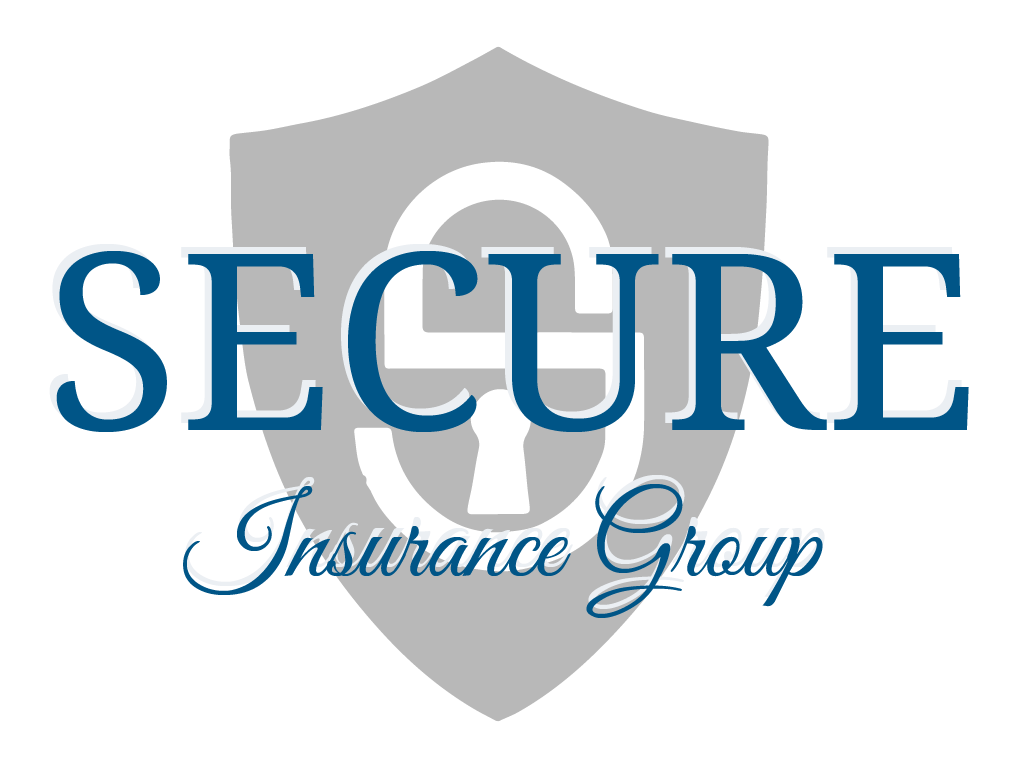
Get In Touch
- Toll Free: 1-877-871-7328
- Office: 417-883-9300
-
Mon-Thu: 9 AM - 5 PM
Fri: 9 AM - 1 PM
Disability Articles
Disability Plans
If you’re like most, it wouldn’t be long at all: Half of working Americans couldn’t make it a month before financial difficulties would set in, and almost one in four would have problems immediately, according to a Life Happens survey.¹
That’s where disability insurance comes in. Think of it as insurance for your paycheck. It ensures that if you are unable to work because of illness or injury, you will continue to receive an income and make ends meet until you’re able to return to work.
You don’t hesitate to insure your home, car and other valuable possessions, so why wouldn’t you also protect what pays for all those things—your paycheck.
Explore this section to learn more about the different sources of disability income protection and ways to get coverage.
¹The Disability Survey conducted by Kelton Research on behalf of Life Happens, April 2012
Workers Compensation
If you’re employed and you suffer a disabling illness or injury that is work related, you might be able to count on Workers’ Compensation insurance to replace some of your salary. All states require employers to provide Workers’ Compensation coverage. It typically pays about two-thirds of your pre-disability income. However, according to the National Safety Council, 73% of long-term disabilities are a result of an injury or illness that is not work-related and therefore wouldn’t qualify for Workers’ Compensation.
Social Security
The federal government administers a disability insurance program that covers most workers, but qualifying for benefits isn’t easy. According to the Social Security Administration, 65% of applications for Social Security disability benefits were initially denied, and the average monthly payment of current beneficiaries for 2012 was $1,130, which hovers around the poverty line.
Employer Sponsored Coverage
The main source of disability income protection is provided or sponsored by employers. Many employers, especially larger ones, provide their employees with group insurance coverage. There are two forms: short-term disability (STD), which replaces a significant percentage of your income for about three months in most cases, and long-term disability (LTD), which typically pays 40% to 60% of your base salary (pretax) for longer periods.
Individual Disability Insurance
The most flexible and reliable source of coverage is an individual disability insurance policy that you purchase on your own. A privately owned policy is portable, meaning you won’t have to worry about losing coverage if you change jobs. Generally, most individual plans will pay between 40% and 65% percent of your pre-disability gross salary. When paid with after-tax dollars, benefits are received income tax free.


